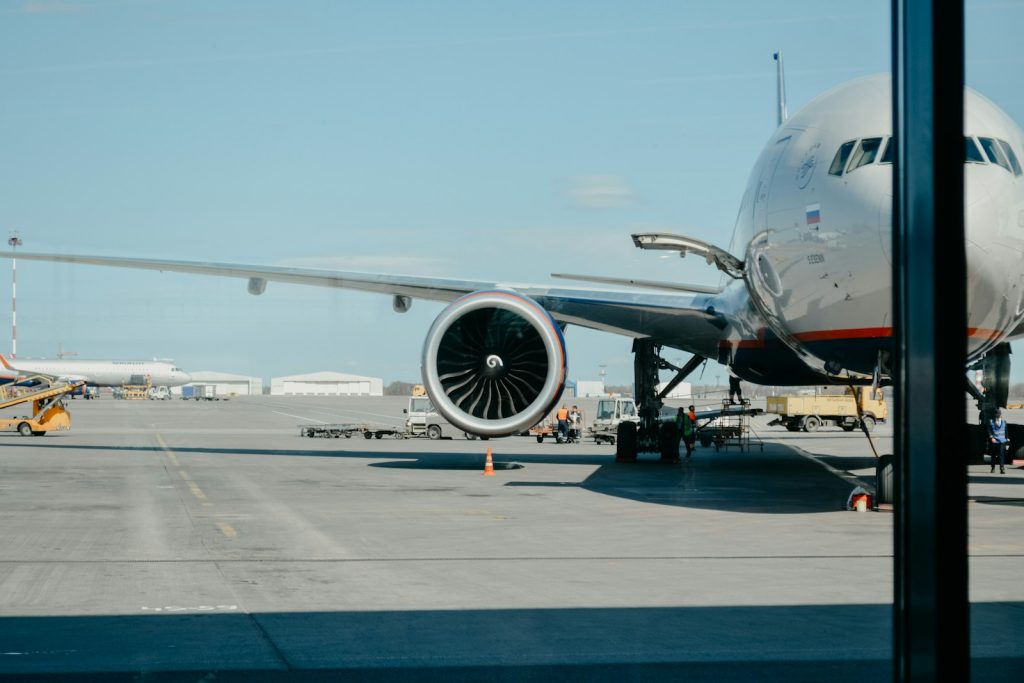
The industry of flying has undergone several changes in the last 50 years and several of these have benefited customers, both in terms of services offered and security of the aircrafts.
However, one of the biggest issues facing the airline industry is sustainability: in an era where preserving the environment is key, aviation cannot ignore this call, but fortunately, companies such as ATR are addressing these very relevant issues.
Who Is ATR?
ATR is the world’s number one manufacturer when it comes to regional aviation. Founded in 1981, it builds turboprop aircraft which can seat up to 78 people and, since its inception, it has provided planes to more than 200 airlines in over 100 countries.
The company is a joint venture from Leonardo, one of the top aerospace, defence, security and cyber companies, and Airbus, a global leader in aeronautics, space and related services. The core mission of ATR is that of ensuring regional connectivity, giving travellers a chance to be connected to their final destinations, no matter the purpose of the travel.
The vision is that of accelerating sustainable connections worldwide through innovation, safety and sustainability.
Accessibility
There are several ways in which ATR is helping to maintain and even improve accessibility to air travel across the globe.
- All-terrain Aircraft
ATR turboprop aircraft are capable of taking off on short runways. They can even get off the ground from bumpy or other types of difficult terrain. This means they can provide plane access to some of the most remote areas of the world.
- Next Gen Power
While ATR is striving to create better engines and alternative power approaches, it has already made strides with its existing engines. Fuel consumption on the latest models is an impressive 3% slower than previous engines. That’s a fuel saving which lowers running costs, allowing airlines to keep the price low.
Sustainability
Creating more sustainable forms of air travel is essential in a world focused on environmental issues, as we anticipated above. However, this is a difficult goal to achieve, as balancing the need of sustainability with that of
accessibility to all passengers can be challenging.
ATR is addressing this environmental challenge in several ways.
- Researching and developing alternative technologies
This research includes hybrid propulsion systems and even reviews into how aircraft are designed. ATR is dedicated to engaging with the community to find affordable and sustainable solutions.
It’s not just the engines: ATR is also developing sustainable aviation fuel. The company completed the first successful commercial flight using SAF in 2022. Currently, ATR is working to validate SAF. This will allow planes to run on SAF and drop CO2 emissions by an impressive 80%.
- Improved Engine Designs
Thanks to innovative and clever designs, ATR turboprop aircraft engines burn 45% less fuel than similar-sized planes powered by standard jet engines. It’s not just good for the environment, it also benefits airlines as fuel-efficient ATR
planes can help reduce running costs
- Low-Carbon Strategy
ATR has committed to having net-zero carbon emissions by 2050. It has also got short-term greenhouse gas reduction targets, which are in line with the goals of the Paris agreement. These targets are science-backed.
Conclusion
ATR has built a reputation for reliable and efficient planes throughout its years of activity and is now taking this efficiency a step further by using its technology to improve the efficiency of planes while reducing the environmental impact.
Both make air travel affordable and attractive, helping it to remain a part of our lives for the foreseeable future.



